Minimalism Design For Your Home. What to consider.
What is Minimalism on a personal level? Minimalism is not self-denial nor depriving one’s self. What you can bring into your lifestyle has meaning and only adds value. The rest is stripped away. Read on to find out more about this unique lifestyle.
I previously wrote a blog about Maxamilsm with the idea of “more is more.” Minimalism is the opposite and embraces the philosophy of “less is more.”
![]()
Adopt a different way to live.
If you prefer less clutter in your home and life, you may want to consider a minimalist direction in your interior decorating. It takes modern design ideas and simplifies them. Prioritizing what is essential in use, form, and function. The foundational principles originate from a Zen philosophy in Japan.
Many interior designers seek to create a place of refuge for their clients in today’s busy world. Minimalism accomplishes this through clean, modern lines, gallery-like settings, concise color palettes, and silhouettes. It relaxes, calms, and soothes the soul.
When done well, the combined elements in the space will obtain the essence of art.
©Василь Чейпеш - Stock.Adobe.com
MAIN CHARACTERISTICS
The form is simple and uses functionality and practicality as the core of the design within an open floor plan. Clear, clean surfaces and bare walls with minimal artwork are essential. That goes for both the decorative elements and furnishings.
It is crucial to create harmony between materials and proportions. Rooms are meant to emphasize the design and integrity of their pieces.
©Victor Zastol'skiy - Stock.Adobe.com
COLOR
Minimalistic styling uses a limited, neutral color palette, typically monochromatic. You can use a 3-color palette a few shades apart, and neutrals work well with whites, blacks, greys, and creams.
©ArchiVIZ - Stock.Adobe.com
FURNITURE AND LAYOUT
While designing furniture, think of clean lines and basic geometry. In the layout, place the furniture in line with the whole environment and match the surrounding.
Functionality is key.
At first glance, you may think it is not very comfortable, but it can be, as it is a real focus in many of today’s finely crafted furnishings.
USE OF SUSTAINABLE MATERIALS
Materials can be environmental-friendly, and wellness is key.
Woods that can be recycled or replaceable at a fast-growing rate and fabrics that are rapidly renewable, biodegradable, recyclable, or that can be produced organically are sought after. Sustainability in the home industry is fast rising as part of the design and manufacturing process. Raw materials are durable, which aligns perfectly with minimalist ideals.
WHAT ABOUT LIGHT
Minimalism adheres to the importance of external natural light. If adding indoor lighting, be sure it is not too bright and is in line with the space.
POPULAR APPEAL
Minimalism has been part of the design world since the BAUHAUS SCHOOL in the 1920s and increased post World War II as a reaction to and rejection of the highly decorative styles of the past. Today there are several styles of Minimalistic design around the world. Japanese, Scandinavian, Italian, and Australian.
It is becoming increasingly integrated into how we approach everyday life here in the US and is more often recommended for better mental health and the health of our planet. Manufacturers, artisans, and the global population feels the importance of living simply and respecting the earth’s resources. You have begun a more purposeful lifestyle even if you apply a few Minimalism principles. And that is worth considering.
An uncluttered home allows you to clear your mind, be more tranquil, and be even more productive personally and professionally.
It is more necessary today to have a place to rest after a day surrounded by constant visual stimulation and commotion. This may be the way to gain calmness at home.
![]()

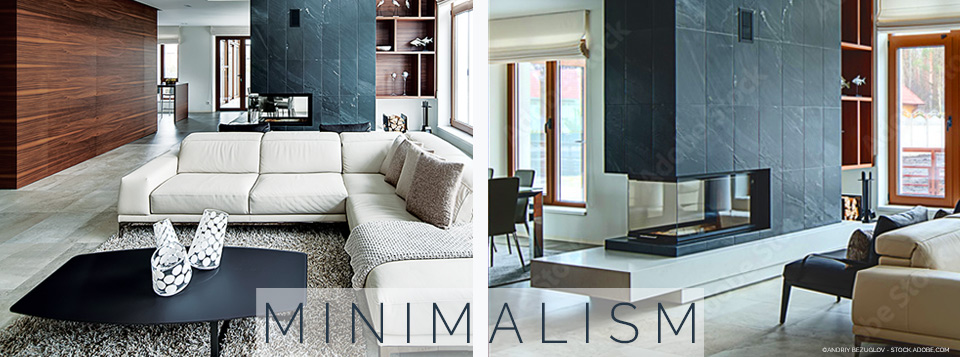
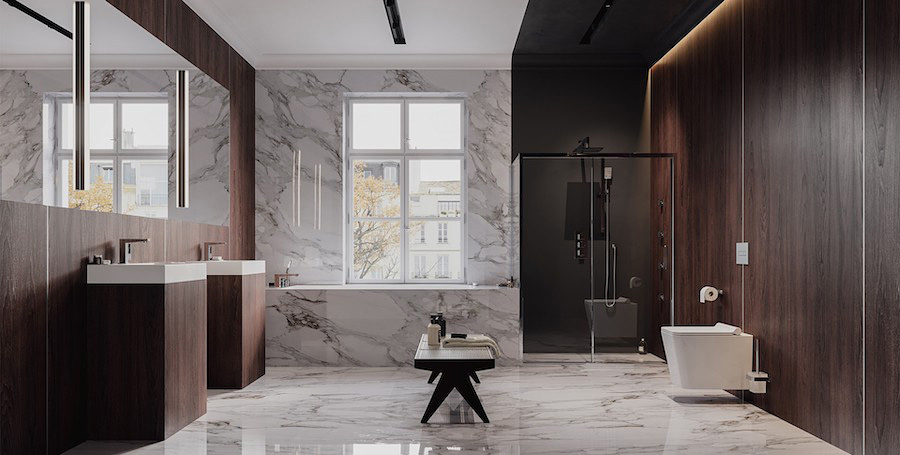

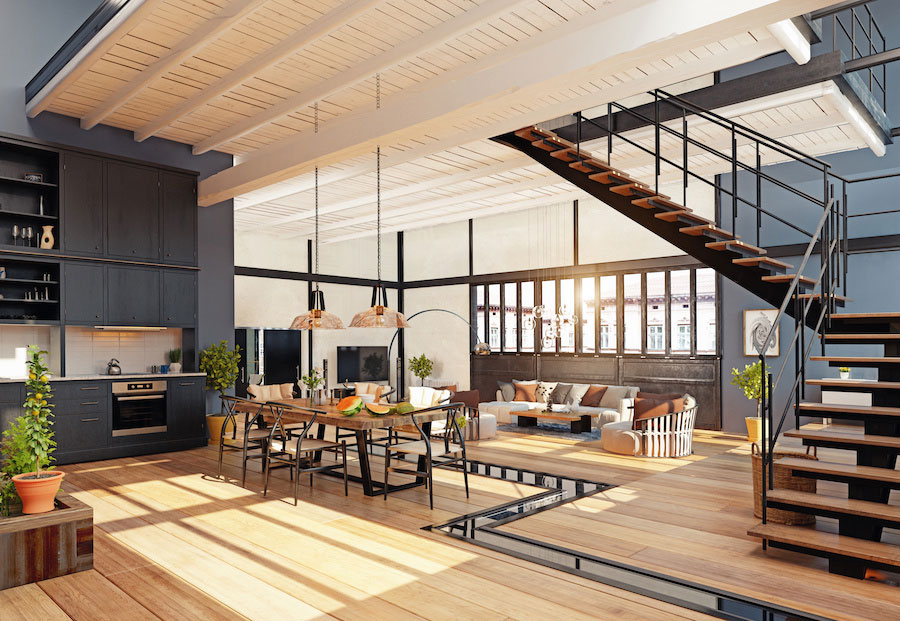
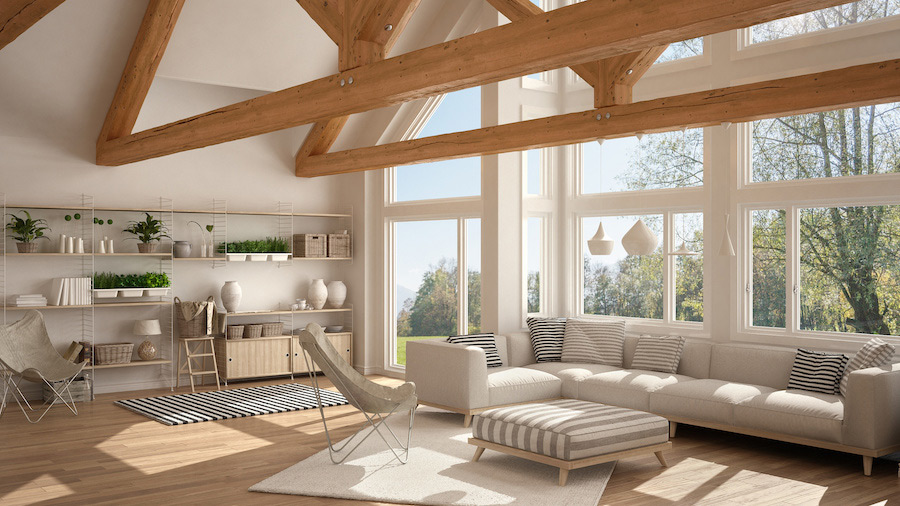
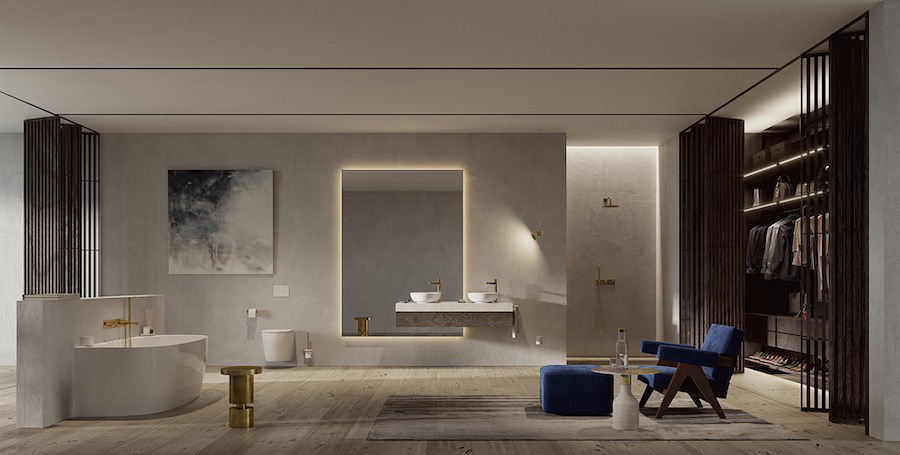

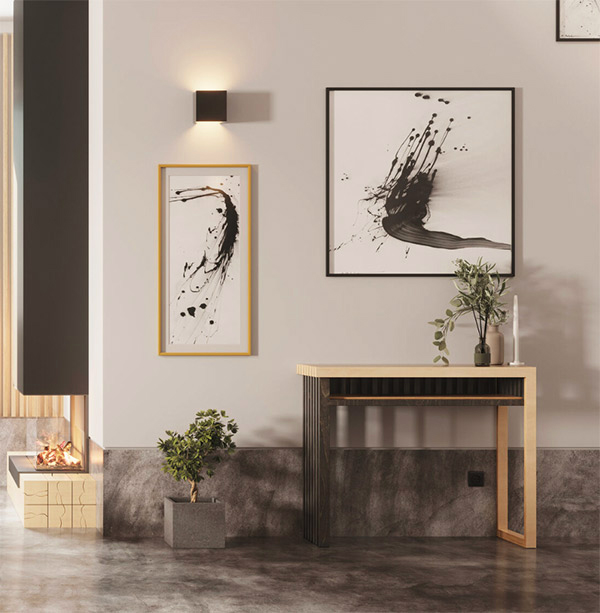
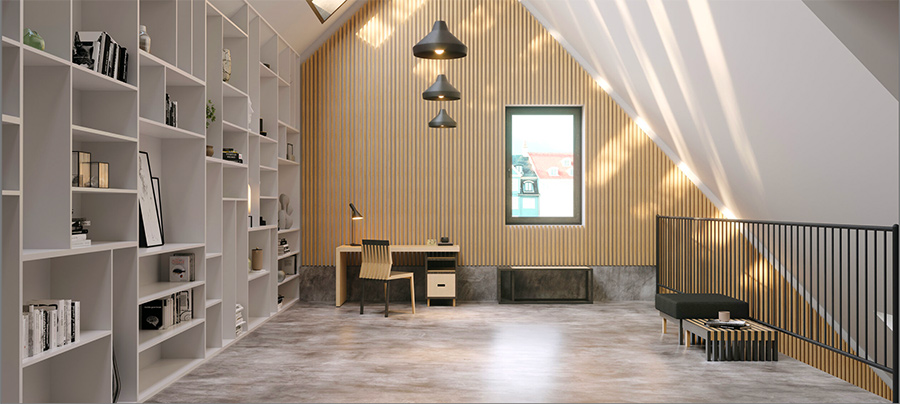
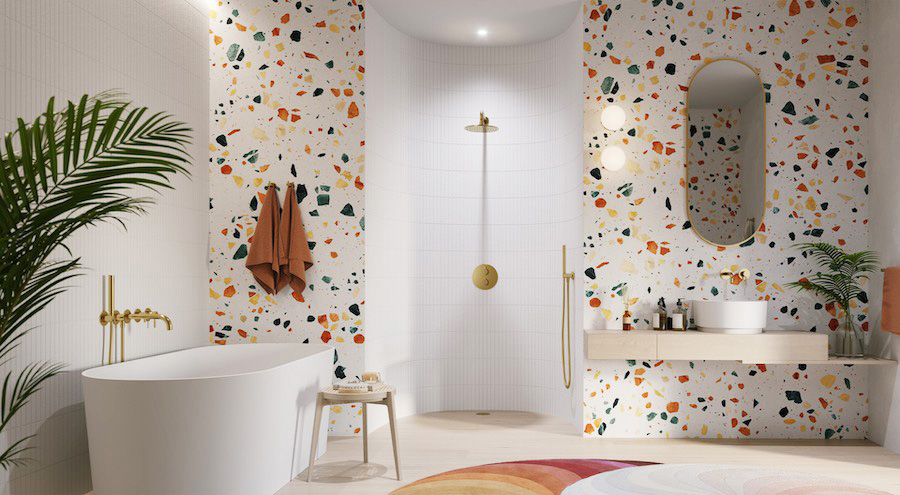
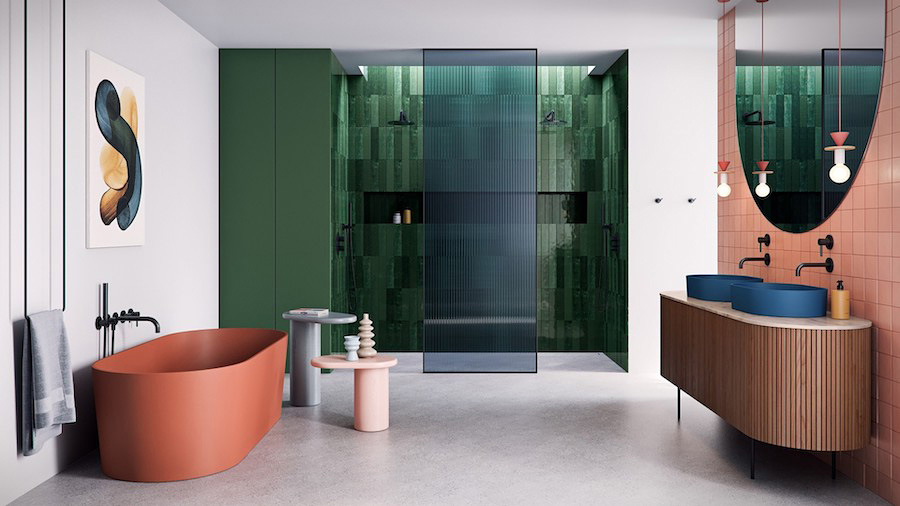
1 Comment